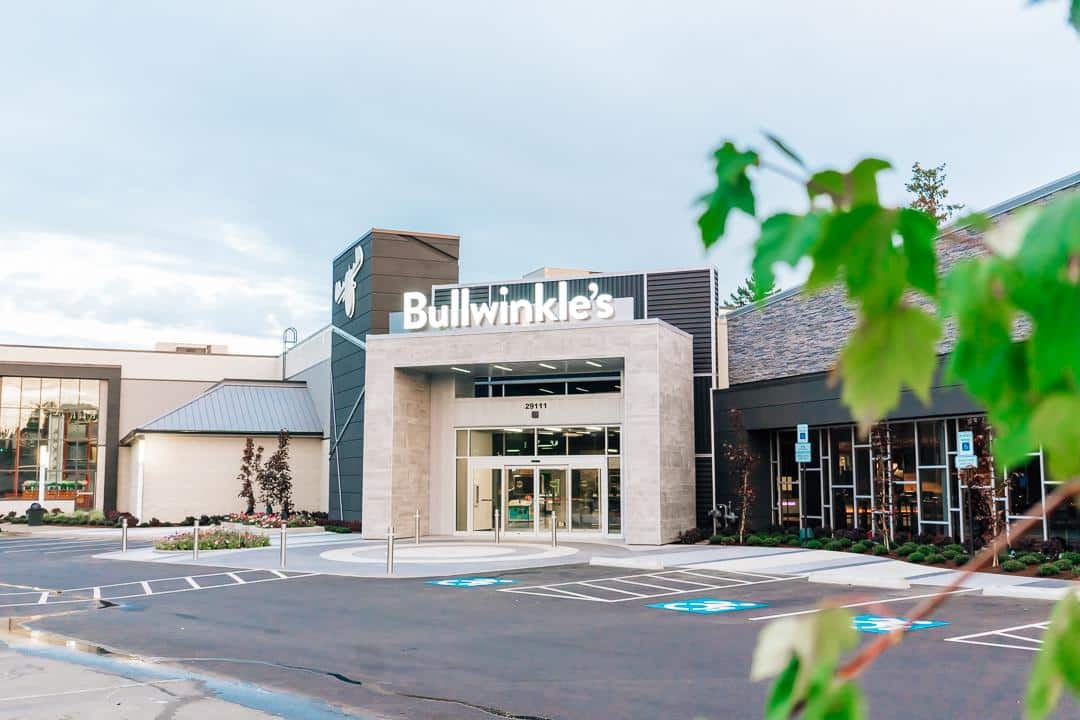New Infill Rules to Impact Portland Real Estate

Changing times call for changing the housing market. When cities are faced with limited space and a seemingly unlimited influx of new residents, the default response always seems to be infill. Portland’s infill efforts hasn’t always been popular, but today we are facing some serious pressures to fit more housing into limited space. Unless Portland suddenly stops being one of the most popular cities on the West Coast to move to, it may be the best option to help this low inventory real estate market.
Portland’s Density History
If you were a real estate agent in Portland in the year 1950, you probably never heard the words “low” and “inventory” together. Like today, Portland’s economy was booming, but unlike today, open lands around the bustling Port and downtown invited new development. Streetcar lines shuttled workers from the suburbs to work and back again. Neighborhoods like Irvington and Cedar Hills were built to accommodate the flood of new families.
Flash forward fifty years and it’s becoming clear that Portland needs to use space much more efficiently if it wants to continue to thrive and grow. Beginning in the early 2000s, infill rules were put in place to allow multifamily units in residential neighborhoods and to encourage Accessory Dwelling Units (ADUs) and skinny houses on narrow lots.
These rules weren’t perfect. Parking became an issue when more people started living on less space but still driving the same number of cars. Old homes were torn down to make room for apartment buildings. Residents complained that the traffic was disrupting the neighborhood, and the tall skinny houses with their garages in front were unsightly.
“Up, not out”
Any other city might have backed away from infill and continue to push growth outward into surrounding areas. But Portland has a powerful incentive not to create new real estate on the edges of the city – the Urban Growth Boundary. A uniquely Oregon program, it forces cities to grow up, as in by adding high-rise apartment buildings and finding creative ways to fill the land already in the city. Growing out would mean that Oregon would look like a lot of other states, where sprawl seems to be endless. Leave it to Portland to find a creative solution.
Demand for Infill is Stronger than Ever
According to KGW News, by the year 2035 the City of Portland can expect to add 230,000 new people to its population. But population alone isn’t what’s making infill more attractive — it’s demographics.
Household structure has changed drastically over the past 60 years, says Portland Planning and Sustainability Commission member Eli Spevak. In the 2010 census, nearly two-thirds of households were composed of just one or two people. Compare that to 1960, when at least half of Portland households were composed of at least three people.
Meanwhile, home sizes ballooned from 983 feet on average in 1950 (the size of some of the new “tiny homes”!) to 2500 square feet in 2008.
These larger homes take up more real estate, but they’re not holding the number of people per square foot that they used to — and that’s where infill comes in.
Inventory down, prices up
Another way of looking at the need for infill is by examining the latest real estate statistics from the RMLS.
- Portland’s housing inventory fell below two months in March of 2015 and hasn’t come back up since. As of June this year, it’s at 1.5 months.
- Meanwhile, prices on residential real estate continue to rise dramatically. Comparing 2016 to 2015 through June, the median sale price rose 13.3%, climbing from $300,000 to $339,900.
- Taking the same comparison to a more local level, North Portland saw the biggest increase in median sale price, nearly 15%.
- Nearby cities of Canby and Oregon City saw the second-highest local gain in median sale price — 13.7%. If I had to guess why, I would say that those who can’t afford a home in central places like North Portland are looking in outlying areas, and driving up home prices there as well. In fact, Oregon City/Canby’s median sale price was $333,000 in the first six months of the year, just $33,500 behind North Portland.
Prices are still a bit more affordable in traditionally working class suburbs like Troutdale and Gresham, with the median at $272,500. Still, this represents an 11% increase over last year!
New Restrictions, New Opportunities
Over the past few months, Portland’s Bureau of Planning and Sustainability has been working to overhaul its controversial infill rules. Some are describing the new proposals as restrictive, but are they?
The idea behind the proposals is to create the “missing middle” for housing options in Portland, says Spevak, a member of the commission charged with rewriting the rules, in an article from the Portland Tribune.
Most housing units in the city are either detached “single family” homes or apartments in mid-rise apartment complexes. Instead of just putting in more apartment complexes, Spevak and his fellow commission members want to encourage duplexes, triplexes, ADUs, condos and cohousing.
More ADUs
One of the most exciting new ideas being put on the table for Portland homeowners is the shift from one ADU allowed per lot to two. Adding another dwelling unit not only increases population density, it allows Portland homeowners to improve their real estate value because ADUs can be rented to help offset mortgage costs.
More Duplexes, Triplexes, even Fourplexes!
Another proposal is aimed at homeowners or developers who might want to change the layout of a home altogether and turn it into a duplex or even a triplex. Currently this type of home is allowed only on corner lots in Portland. The new infill rules could allow any home to undergo this type of reconstruction, and they would also lead to the preservation of at least the exterior of many historic homes.
Cohousing Communities
Cohousing has a long history in Portland, and the Planning and Sustainability Commission is also looking at this model for the new infill rules. The Cully Green cohousing project in the Cully neighborhood and the Hastings Green project in South Tabor are both great examples of multiple detached dwelling units on a single lot, with some shared amenities.
As a real estate agent, I love all of these proposals because they don’t affect the neighborhood’s look and feel, unlike the addition of apartment complexes. Keeping Portland “weird”, as the bumper sticker reminds us to do, means retrofitting neighborhoods, not tearing them down.
The proposed infill rules are scheduled to be voted on early next year by Portland City Council, and the new housing options won’t come a moment too soon for Portlanders.
Curious what adding an ADU would do for your home’s value? Looking to buy a condo, small home, or multifamily unit in Portland? I’m your residential real estate expert. Let’s talk!


